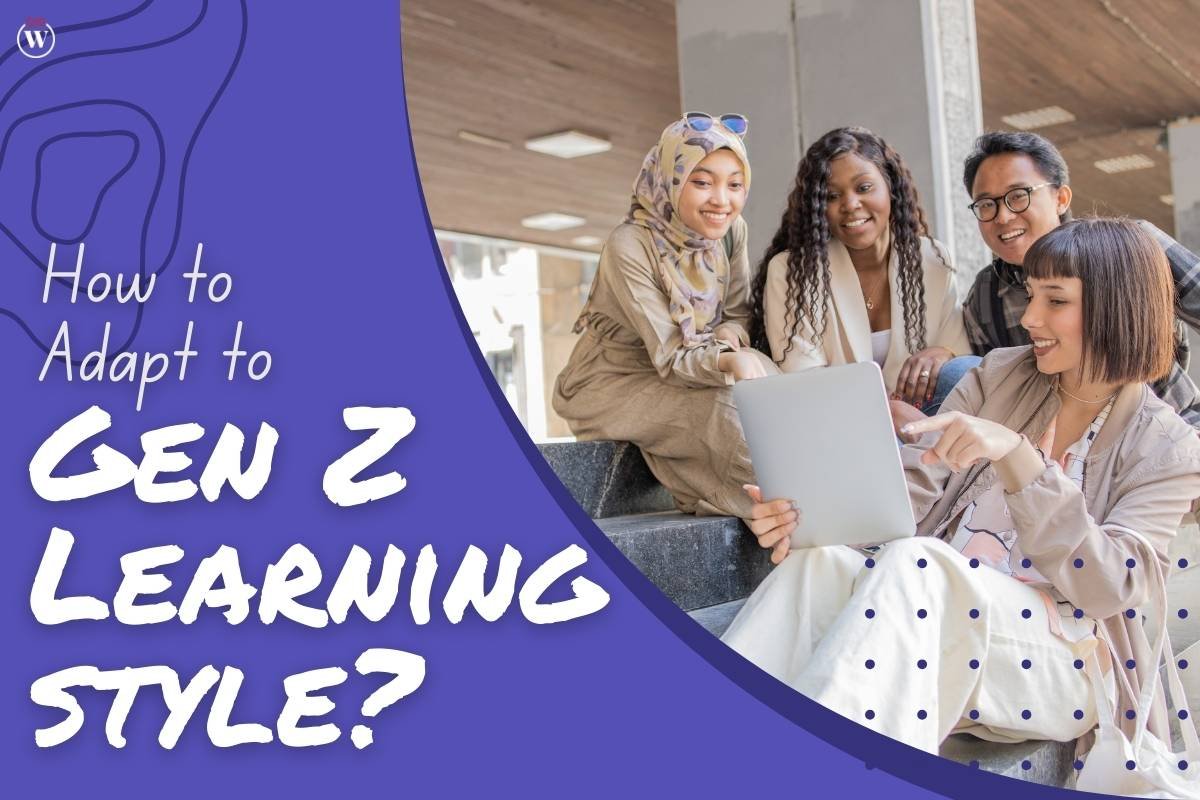Gen Z, born between the mid-1990s and early 2010s, is the first truly digital-native generation, growing up in an era defined by smartphones, social media, and instant access to information. As educators, parents, and policymakers strive to meet the unique needs of Gen Z learners, it becomes imperative to understand and adapt to their distinctive learning styles. In this article, we will explore the characteristics of Gen Z learning style and provide insights on how educators can effectively engage and educate this tech-savvy generation.
Understanding Gen Z Learning Style:
Gen Z learners exhibit distinct characteristics that differentiate them from previous generations. To effectively adapt to their learning style, educators must be aware of these key attributes:
- Digital Natives:
Gen Z is the first generation to grow up with technology seamlessly integrated into their daily lives. They are accustomed to instant access to information, interactive multimedia, and digital communication. Traditional teaching methods that rely solely on textbooks and lectures may not resonate with Gen Z learning style. Instead, incorporating technology into the learning environment can enhance engagement and facilitate a more immersive educational experience.
- Multitasking Prowess:
Gen Z is adept at multitasking, thanks to its exposure to a constant stream of information and communication channels. While some educators might perceive multitasking as a distraction, Gen Z often utilizes this skill to enhance their learning experience. Educational approaches that allow for multitasking, such as incorporating interactive elements or collaborative platforms, can harness this ability and promote active participation.
- Visual and Interactive Learning:

The prevalence of visual content on social media platforms has shaped Gen Z’s preference for visual and interactive learning experiences. Educational materials that leverage multimedia, infographics, and interactive simulations can capture their attention and enhance comprehension. Incorporating these elements into lessons not only aligns with their learning preferences but also fosters a more engaging and effective learning environment.
- Collaboration and Social Learning:
Gen Z values collaboration and social interaction. Group projects, peer-to-peer learning, and collaborative online platforms can be effective tools for educators to harness the power of social learning. Facilitating an environment where students can share ideas, collaborate on projects, and learn from each other fosters a sense of community and encourages active participation.
- Customization and Personalization:
Gen Z appreciates personalized learning experiences tailored to their individual preferences and needs. Adaptive learning platforms, which adjust content based on a student’s progress and performance, resonate well with Gen Z learners. Providing options for students to choose topics of interest or explore learning paths that align with their goals fosters a sense of autonomy and motivation.
Adapting Teaching Strategies to Gen Z Learning Style
1. Integrate Technology into the Curriculum:

To effectively engage Gen Z learners, educators should embrace technology as an integral part of the curriculum. Interactive presentations, online quizzes, virtual simulations, and educational apps are effective tools to capture their attention and make learning more dynamic. Additionally, incorporating social media platforms for educational purposes can create a familiar and engaging learning environment.
2. Incorporate Visual and Interactive Elements:
Traditional lectures and textbooks may not fully resonate with Gen Z learning style. Educators should prioritize visual and interactive elements in their teaching materials. Infographics, videos, and interactive presentations can enhance understanding and retention. Utilizing online platforms that support collaborative projects and discussions also aligns with Gen Z’s preference for interactive learning.
3. Encourage Multitasking in a Productive Manner:
Recognizing and embracing Gen Z’s multitasking abilities can lead to more effective teaching strategies. Instead of discouraging multitasking, educators can design lessons that leverage this skill. For example, incorporating brief discussions, interactive activities, or quick online research during class can keep students engaged and enhance their overall learning experience.
4. Foster a Collaborative Learning Environment:

Gen Z values collaboration, and educators can harness this preference by incorporating collaborative learning activities into the curriculum. Group projects, online forums, and interactive workshops provide opportunities for students to work together, share ideas, and learn from one another. Creating a sense of community within the classroom can enhance engagement and promote a positive learning experience.
5. Utilize Adaptive Learning Platforms:
Adaptive learning platforms, which tailor content based on individual student performance, are well-suited to Gen Z’s desire for personalized learning experiences. These platforms provide a customized learning path, allowing students to progress at their own pace and focus on areas that need improvement. This approach not only caters to individual learning styles but also promotes a sense of ownership over the learning process.
In addition to the aforementioned strategies, educators should also be mindful of the evolving role of assessments in the Gen Z learning landscape. Traditional exams may not effectively measure the diverse skills and competencies that Gen Z values. Consider incorporating alternative assessment methods such as project-based assessments, portfolios, and presentations. These methods not only align with Gen Z’s preference for practical and real-world applications but also provide a more holistic evaluation of their abilities.
Conclusion:
Adapting to the Gen Z learning style is essential for educators to effectively prepare students for the future. By embracing technology, incorporating visual and interactive elements, encouraging productive multitasking, fostering collaboration, and utilizing adaptive learning platforms, educators can create a dynamic and engaging learning environment that resonates with the unique characteristics of Gen Z learners. As the educational landscape continues to evolve, staying attuned to the preferences and needs of the upcoming generation is key to providing a relevant and impactful learning experience.









